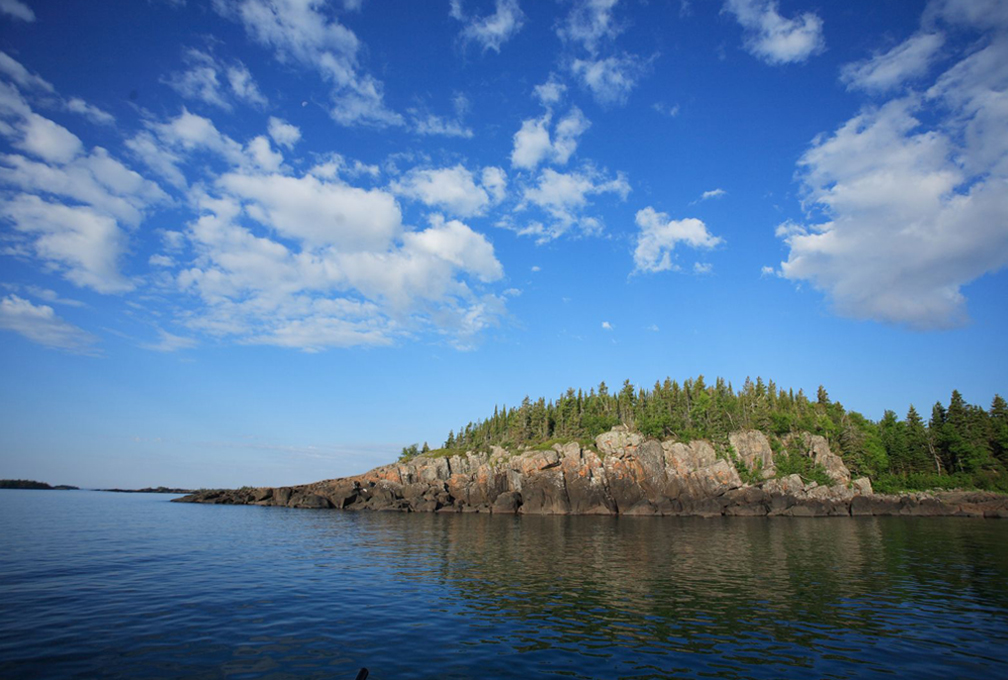Protect Wilderness at Isle Royale National Park
The National Park Service (NPS) has begun a planning process to prepare an Environmental Impact Statement for a Wilderness Stewardship Plan at Isle Royale Wilderness and National Park. The agency is considering a broad range of actions for managing Wilderness and cultural resources within Wilderness inside the park boundary, as well as preliminary issues and potential impacts associated with wilderness management. In addition, this plan will determine future use of historic structures in potential and designated Wilderness.
Located in the northern part of Lake Superior in the State of Michigan, Isle Royale National Park encompasses 133,788 acres of land and 438,008 acres of surface water (571,796 total acres). The park is the largest island in Lake Superior, which is itself the largest freshwater lake by surface area in the world. There are over 400 smaller islands surrounding the main island, which together constitute the full archipelago of Isle Royale.
Approximately 98 percent of the land portion of the park was designated by Congress as Wilderness in 1976. Later additions of land for wilderness designation brought the total wilderness acreage to 99 percent, encompassing 132,018 acres. Congress also identified 93 acres of the island as Potential Wilderness, areas that the Park Service can convert to designated Wilderness once the non-conforming uses (including structures) have ended. In addition to the Wilderness and Potential Wilderness on Isle Royale, 1,677 acres of the island are considered non-wilderness, including such places as Rock Harbor, Washington Island, the Visitor Centers, and the Park Service’s administrative Mott Headquarters.
For many years, the future of historic buildings and structures on Isle Royale has been a controversial issue. All of Isle Royale is publicly owned since it became a National Park in 1940, but some families have retained life estates or other continued access to their historic cabins. How to interpret the rich history of the commercial fishing operations, historic lodges, and family cabins continues to be debated, to say nothing about the long and rich history of the Anishinaabe (Ojibwe) people who pre-dated white European arrivals and their buildings.
Wilderness Watch supports Alternative C, the alternative that best protects Isle Royale’s wild character. We're uring the NPS to not maintain or stablize structures in the designated Wilderness portions of Isle Royale, but instead relocate them to areas outside of Wilderness where they may be better curated and preserved, otherwise removed, or allowed to deteriorate in place. Such actions align with the directives of the 1964 Wilderness Act. If NPS plans to maintain any structures within Potential Wilderness areas, the agency should not re-classify them as designated Wilderness. Doing so would violate the 1964 Wilderness Act.
Photo: Ray Dumas via Flickr
Contact Us
Wilderness Watch
P.O. Box 9175
Missoula, MT 59807
P: 406.542.2048
Press Inquiries: 406.542.2048 x2
E: wild@wildernesswatch.org
Minneapolis, MN Office
2833 43rd Avenue South
Minneapolis, MN 55406
P: 612.201.9266
Moscow, ID Office
P.O. Box 9765
Moscow, ID 83843

